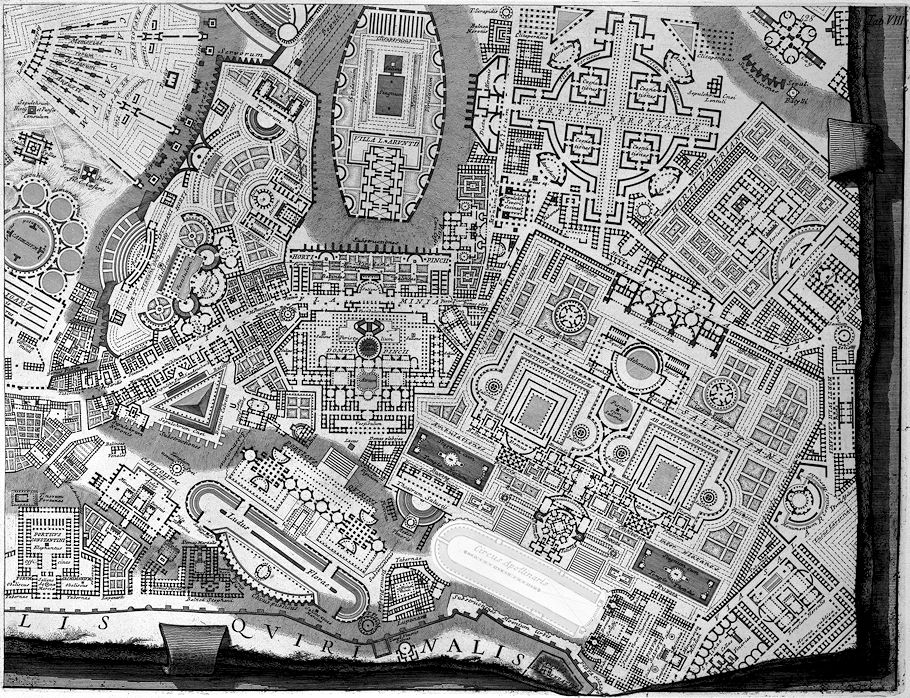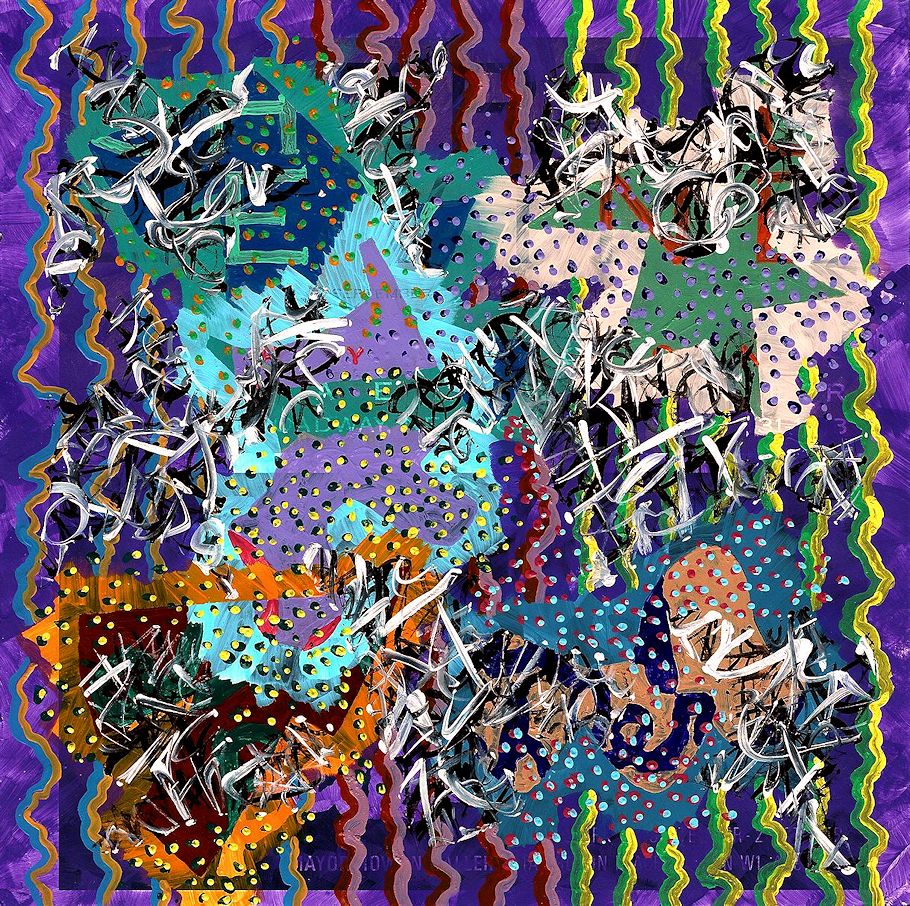2 October 1772
"...and the Academy was busy raising a tomb to its benefactor in the church of St. Luke. In its session of September 9, it had chosen one of the three models presented by the sculptor Tommaso Righi, after having discarded the projects which would have involved excessive expenditure. It decided on the bases of a contract between Raphaël Mengs, then principal of the Academy, and the designated author of the monument. But the affair came up again on October 2, and it is probable that it was during this session that Piranesi, who considered Righi's project insufficient, allowed himself to be carried away to the point of hitting an opponent. The minutes do not mention the fact expressly: it will be agreed that it was difficult to give it an academic form. But he makes a significant allusion to it, speaking of "the disputes and altercations which gave rise to some disorder between certain noble academicians." This stormy meeting was adjourned at a late hour, without it being possible to deal with the questions for which the "congregation" was summoned.
On the same day Piranesi sent Mengs a long memorandum in which he explained more precisely his feelings on Righi's project, on the requirements of the architectural framework in which the tomb of Balestra was to be erected, on the necessity of doing nothing who did not agree with the art of Pierre de Cortona. "He is the author of the church. He believed that the established dispositions would never be altered... He entrusted his work to the care of an Academy composed of the most respectable men of all time." He discusses the suitability of the place to be chosen. He constantly invokes the dignity of the body of which he is a part and the respect that we owe to the works of great artists. His imagination foresees a harmonious adaptation of the sanctuary to similar needs. "The church will become a kind of gallery by the exact symmetry of as many other monuments as there will be benefactors of the Academy. He appeals to the past." In the past, "on funerary monuments, statues were erected, either standing or in the attitude required by the subject of the tomb and the places where it was to be erected." He dreams, for that of Balestra, of some elegant group, well isolated, in a pyramid, of an allegorical character, like those which decorate the altar of Saint Ignatius, whose arrangement he praises "because it conforms to the way of the ancients."
Henri Focillon, Giovanni-Battista Piranesi (Paris: H. Laurens, 1918), pp. 103-4.
2 October 1778 Friday

Ichnographia Campus Martius Tab. VIII 1762
2 October 2020

Mary Boone's 180 hours of community service hours 178 179 180
2 October 2022 Sunday
From en.wikipedia.org/wiki/Gustav_III:
Earlier in foreign affairs, however, and privately, Gustav had shown considerable interest in the American Revolution and had this to say about it [18] October 1776:
It is such an interesting drama to see a nation create itself, that I – if I now had not been who I am – would go to America to follow up close every phase in the emergence of this new republic. – This perhaps is America's century. The new republic, which hardly has a population put together better than Rome had to begin with, may perhaps take advantage of Europe some day, in the same manner as Europe has taken advantage of America for two centuries. No matter what, I cannot help but admire their courage and enthusiastically appreciate their daring.
Letter to Countess de Boufflers 18 October 1776 published in 1992 by Swedish Academy Prof. Gunnar von Proschwitz ISBN 91-7119-079-1 p. 149.
Gustav III was more than likely also aware that what ultimately became Philadelphia originated as a circa 1650 settlement in New Sweden.
|